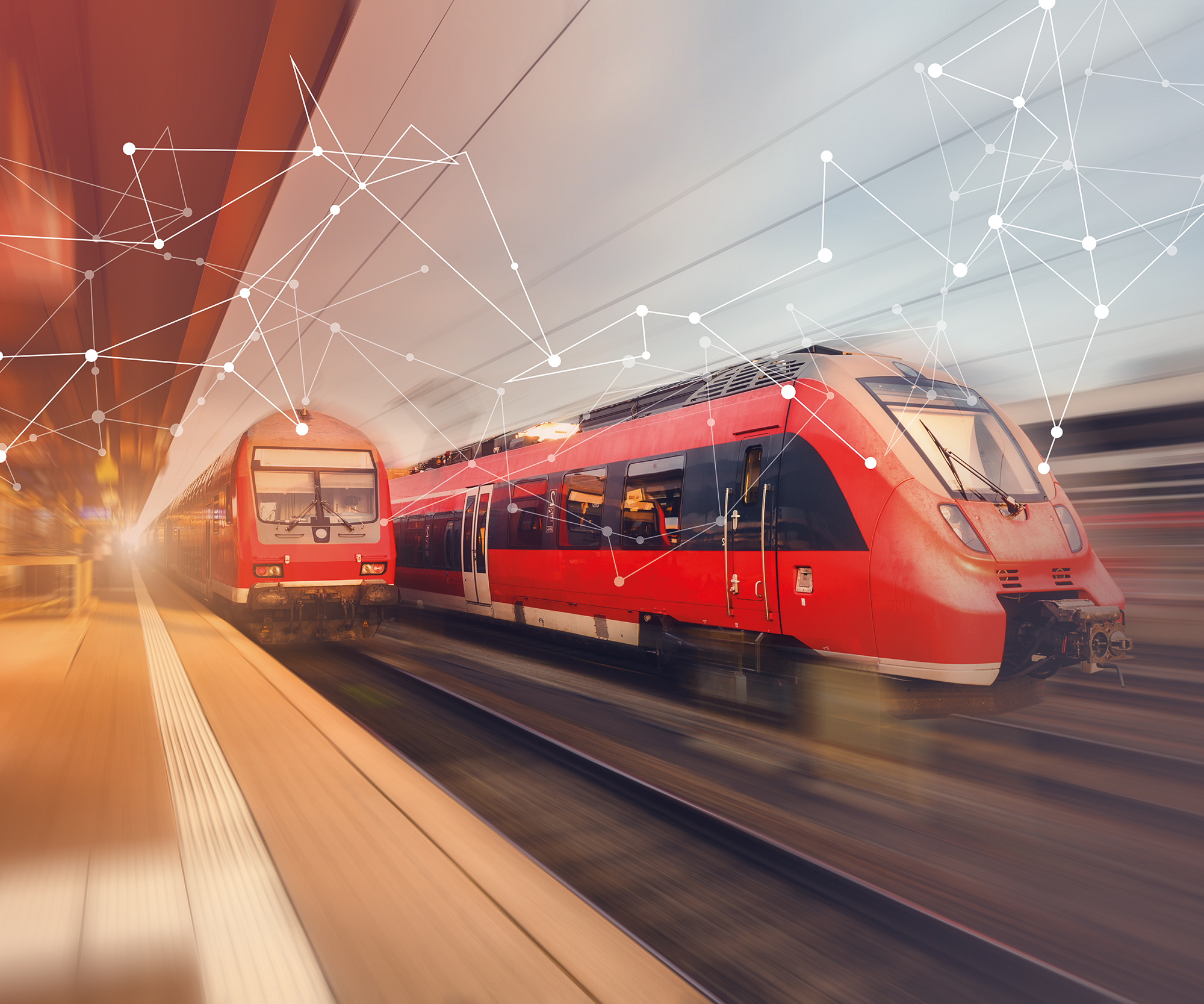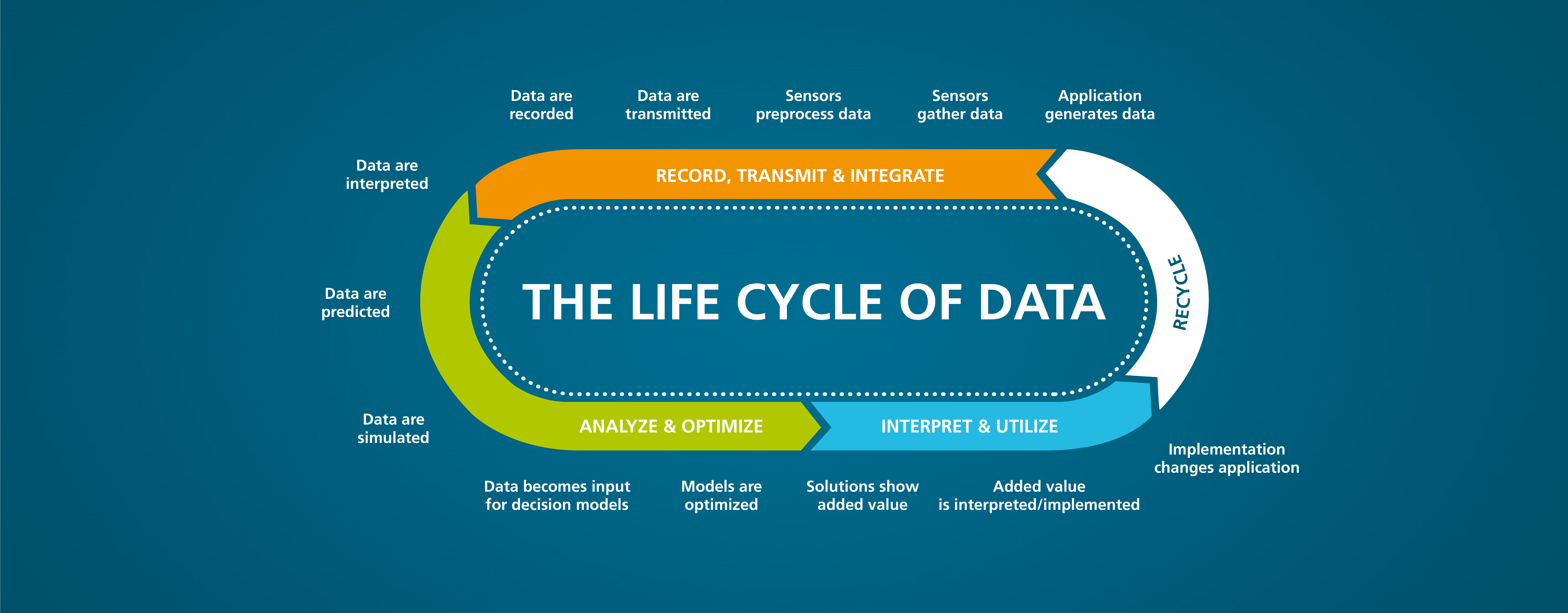
Comprehensive analysis of trip and route data can significantly reduce the energy consumption of subway trains, according to a collaborative project between VAG Verkehrs-Aktiengesellschaft Nürnberg, Fraunhofer IIS, and Friedrich-Alexander-Universität Erlangen-Nürnberg (FAU). In this interview, Dr. Andreas Bärmann, mathematical optimization expert at Fraunhofer IIS, and Frederik Nöth, technology and innovation advisor at VAG, explain how eResourcing can help optimize the energy consumption of subway systems by using the available data to create mathematical models.
The usual way to make vehicles more economical is to equip them with better engines or more efficient technology. But you’re using mathematics, algorithms and data analysis to lower the power consumption and energy costs of Nuremberg’s subway system. What does this look like in practice?
Frederik Nöth: Our energy consumption and costs depend on various factors such as peak loads – in other words, the maximum power consumption at a particular time of year. A high peak load occurs when many subway trains depart at the same time. The energy provider uses the peak load to determine the demand rate, even though power consumption rarely reaches this maximum. The higher the peak load, the higher the costs. So, it’s important for us to find a way of lowering the peak load. And we do this by better coordinating the departure times of the subway trains. In our project, we evaluated the trip data of the subway trains over a sustained period and found that energy consumption also depends on how fast the trains go between stations. Longer distances between stops allow for greater speed. On shorter sections, it makes sense to travel more slowly to save energy during acceleration. There are many variables to factor in here. We also analyze data from sensors that record the vehicles’ acceleration and braking behavior. Overall, we expect annual savings in the low six figures – without having to invest in new vehicle technology.
What exactly do you do with the data?
Andreas Bärmann: Our joint research project aims to harness comprehensive data analysis and mathematical model calculations to optimize Nuremberg’s subway timetable. Ultimately, we’re looking to save energy by making the operation and coordination of the trains more efficient. In the long term, this will also help the climate and the environment. It all hinges on collecting high-quality data because this determines how good the models’ output will be. We have a circular workflow that begins by collecting data and entering it into a mathematical model that we then use to optimize the timetable. Test drives allow us to measure the effects of the changes we make. We close the circle by feeding the new measurement data back into the model. In keeping with the principles of eResourcing, we go through several data life cycles, steadily optimizing the system each time.
How does optimization work, precisely?
Frederik Nöth: When we started the project in 2017, our model for the automated operation of the complete subway system was relatively simple. We focused on obvious factors such as departure times or the distances between stations. And we presumed that one of the key factors affecting the system would be delays caused by passengers getting on and off the trains, forcing the train to make up lost time by going faster and thus driving up power consumption. But our first models and test drives taught us that the sequence of the train services also plays a major role. For instance, two automatic subway lines in the center of Nuremberg share six stations as well as the tracks that connect them. In other words, their trains alternate. In addition, there’s a third, conventionally operated line. The sequence and the intervals between the two automatic services are predefined and are not supposed to change. This automated sequencing thus affects the system as a whole. And let’s not forget that it’s always a matter of seconds: during the day, trains run in 100-second intervals.
Andreas Bärmann: As the project went on, we came to realize that there were many other significant parameters and factors. We’re talking about a dynamic system that’s always moving. Normally, there are about 22 trains on the automated U2 and U3 subway lines and roughly 24 trains on the U1 line at the same time. Any disruption has a huge knock-on effect. If the departure of a train is delayed because passengers take longer to get on and off, or because there’s a minor malfunction in the vehicle or the infrastructure, it triggers a domino effect. It might appear straightforward at first, but understanding this dynamic in all its complexity and describing it in mathematical terms is actually quite difficult.
Frederik Nöth: …and the subway network itself is complex, too. There are routes with different maximum and minimum speeds depending on the distance between the stations. In addition, many sections go up and down like a mountain railroad. We’re talking about hills and valleys. The stations are on the top of a hill so departing trains can roll downhill, which requires less energy and thus conserves power. What’s more, the trains need to turn around at their final stop, which takes different amounts of time depending on their turnaround route. We noticed that we needed to take these parameters into account if our model was to be capable of mapping what’s actually happening.
So you kept learning new things?
Andreas Bärmann: That’s normal for projects like this. Our initial test drives produced results that differed greatly from the levels of power consumption our models predicted because there were many parameters and effects we simply hadn’t considered. Today, our models are much closer to reality. We expect that with some more refinements, they will be able to optimize an existing timetable one day ahead of time in a way that actually leads to significant energy savings in day-to-day operations. We’re currently improving the system at Fraunhofer IIS together with FAU.
What is your next goal?
Andreas Bärmann: This year, we’re starting a new project, funded by the German Federal Ministry of Education and Research, in which we intend to make the existing algorithms fast enough to allow the timetable to be adjusted in seconds. In the future, this will mean we can respond to disruptions in real time. Our approach is based on the stochastic optimization method of using algorithms to compute probabilities. These algorithms create a timetable that anticipates typical fluctuations and thus builds in the appropriate time buffers. In addition, the timetable is always being actively reoptimized throughout the day. Ultimately, this makes the entire system very robust. We expect the new models to be ready for test runs in about two years.
